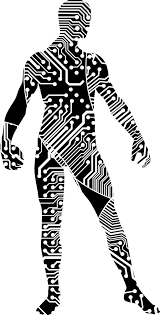
During AAOS, you are going to see “AI” marketing everywhere.
Beware. Most of the “AI” claims are just hype, not reality.
Below are three traits of “real AI”.
1/ Dataset diversity
In order to leverage AI in pattern recognition for decision making in treating patients or in surgical procedures, a large and diverse medical dataset is required to train the AI model. The dataset should ideally contain a huge number of patients or surgical cases that cover a wide range of variations and complications that can occur with a wide variety of patient anatomy and events during the surgical procedure.
2/ Ten thousand
For complex orthopedic procedures that involve multiple variables and decision points, a dataset with tens of thousands of cases or more may be necessary to develop an accurate and reliable AI model. However, for simpler procedures or for specific decision points within a procedure, a smaller dataset may be sufficient.
3/ Human Labeling
It is important to note that the quality of the orthopedic dataset is equally important as the quantity. The dataset should be well-curated and labeled correctly to ensure that the AI model can accurately learn patterns and make informed decisions. This means hours of humans actually manually labeling attributes. The human labor side of AI is often overlooked. Without labels the dataset is just noise. How many orthopedic companies employ labelers?
Summary
The size of the orthopedic dataset required to leverage AI in pattern recognition for decision making in surgical procedures depends on various factors. For complex orthopedic procedures, a dataset with tens of thousands of cases may be necessary, while for simpler procedures, a smaller dataset may be sufficient. However, the quality of the dataset is equally important as the quantity.
